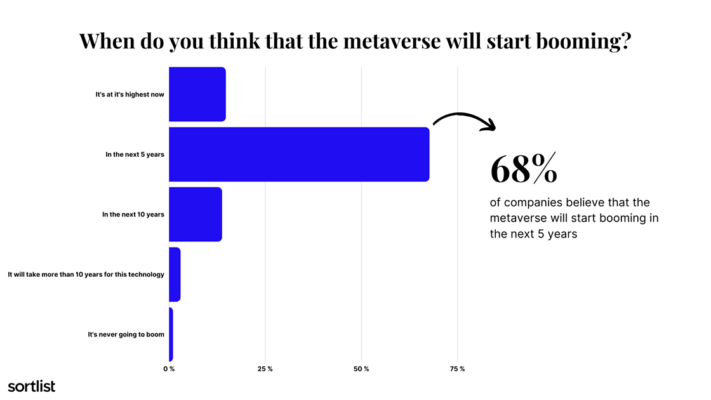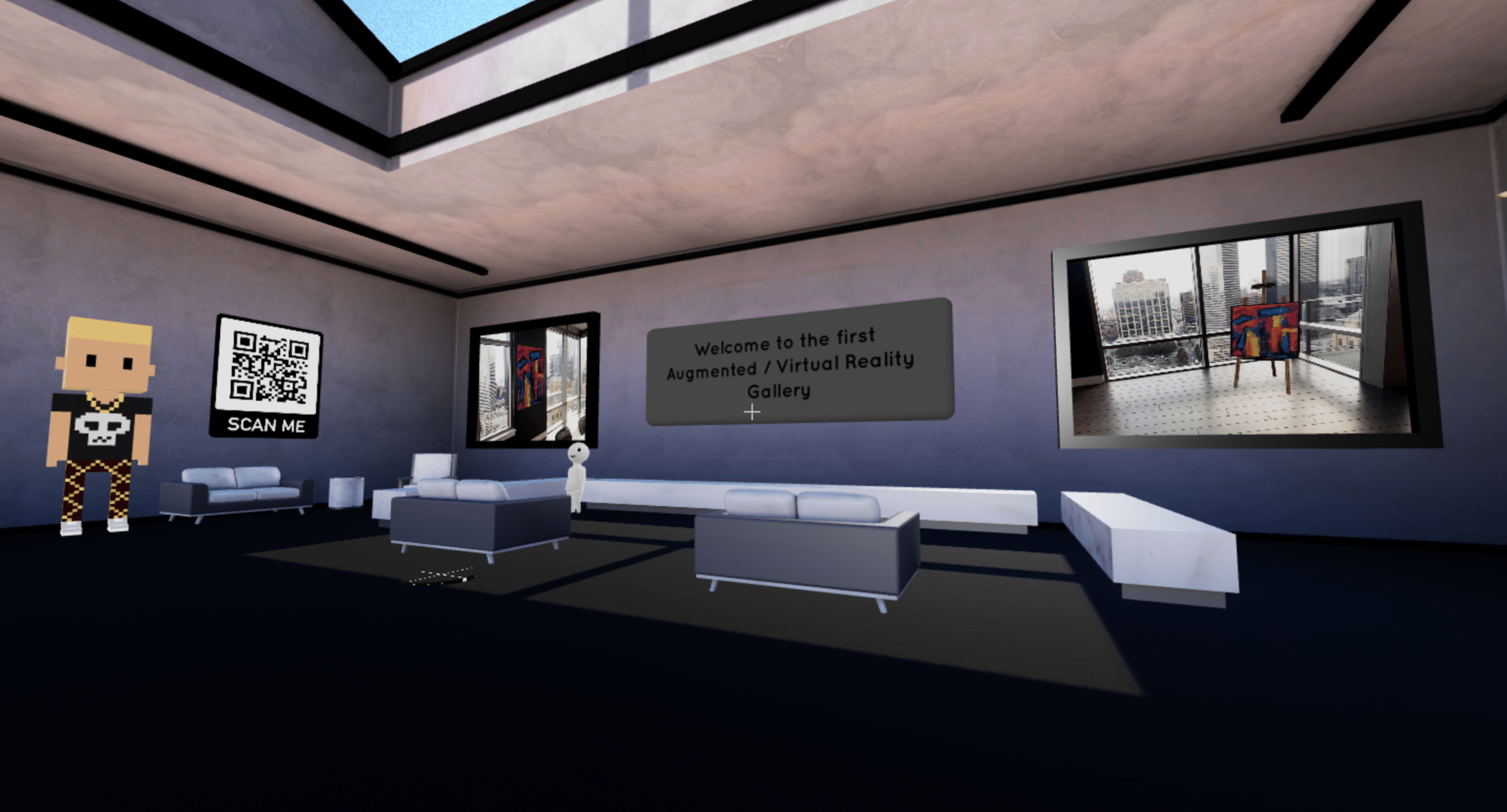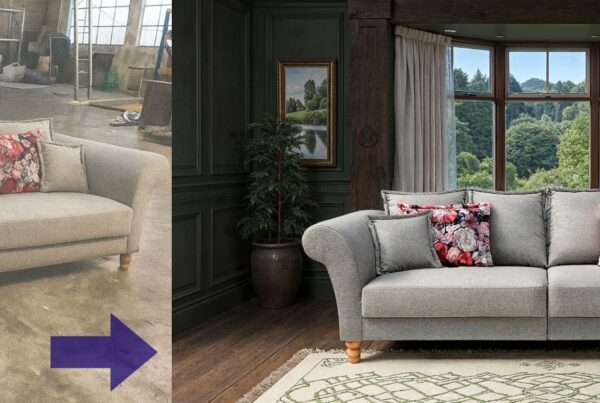Many retailers and e-commerce operators are wondering how they can utilise the metaverse to avoid ending up like Nokia. By now at the latest, everyone should be getting to grips with Metaverse Shopping and even trying out the first concepts. This article provides an overview of the opportunities retailers have to enter this new world.
Was ist Metaverse Shopping?
In the broadest sense, the metaverse is understood as a graphically rich virtual space with a certain degree of realism in which people work, play, shop and socialise. In short, being able to do the things that people like to do together in real life.
Broadly speaking, this includes 2 technologies, namely augmented reality (AR) and virtual reality (VR). However, it is not necessary for these rooms to be accessible exclusively via VR or AR headsets. Virtual worlds – e.g. games such as Fortnite, which can be accessed via PCs, games consoles and even phones – have started to refer to themselves as the ‘metaverse’.
Metaverse shopping therefore refers to the possibility of purchasing products in virtual space. Basically not much different from today’s classic online shopping, just much better and more real.
What does this mean for me as a retailer?
The fact that large corporations such as Amazon and Meta and luxury brands such as Gucci and Louis Vuitton are already heavily relying on AR and VR technologies means that smaller companies are already having to follow suit. Online shoppers are becoming increasingly tech-savvy and expect an experience. If we do not prepare for this new Internet now, we will inevitably lose more and more customers to large corporations.
The potential
Initial studies, for example, support “the enormous potential of the metaverse in Germany”, as over 40 per cent of those surveyed can imagine themselves as part of the metaverse. Or: 25 per cent of people will spend at least one hour a day in the Metaverse by 2026.
A study by EHI emphasises the potential of metaverse shopping. More than 400 decision-makers from leading online shops were surveyed.
Here are the most exciting facts:
Will Metaverse prevail in retail? If so, from when?
The majority of respondents believe that metaverse will prevail and that its importance within retail companies will increase in 5-10 years.
How great is the potential benefit for different sectors estimated to be?
The greatest potential benefit is estimated for fashion & accessories, furniture, hobby & leisure, consumer electronics and department stores.
Which application scenarios would retailers like to use?
Respondents would like to use the following top 3 Metaverse application scenarios in their company: virtual purchasing support, three-dimensional product demonstrations and advertising in virtual space.
Does the trade have enough expertise?
No, only 5 per cent of respondents believe that their company has the necessary expertise to enter the metaverse business.
Will Metaverse be relevant enough for German retailers to invest? If so, from when?
In just 5 years, 1 in 4 retailers could have invested in Metaverse applications.
Download the full whitepaper here.

AR: Try products at home before buying
Augmented reality is a metaverse technology that allows you to virtually place and experience products in your own home before you buy them. A distinction is made between app and web-based AR or marker / geo or surface tracking. Web-based AR with surface tracking is probably the most popular variant, as it does not require an app download and a model can be placed anywhere and at any time in your own room. The only requirement is an Internet connection. Shops like Made.com or Medion already use Web AR on their websites.
Try-on, i.e. trying on glasses or shoes, is also a very popular feature, although most providers only work with apps or Snapchat or Instagram filters. At Mazing, Try-On works directly on the website without an app.
VR: Virtuelle Showrooms
Virtual tours and 360° showrooms have been around for some time and could be described as the precursor to today’s much more interactive Metaverse VR solutions. Users can move and interact in a generated environment. Interacting means, for example, adding products to the shopping basket and ordering them.
The fashion industry was one of the first to enter the metaverse. Here are some well-known examples:
- BVLGARI with “BVLGARI World“, a virtual world in collaboration with ZEPET
- Tommy Hilfiger cooperates with Ready Player Me for virtual twin, which is available on platforms such as Somnium Space, VRChat Inc. and Spatial is used
- Hugo Boss offers virtual fitting room service using VR fitting rooms
Hugo Boss is a good example of how VR is also developing rapidly. Online shoppers can try on clothes with personalised avatars.
Customers can try on thousands of products using personalised mannequins. These can be edited to exactly match the customer’s body measurements so that they can get an exact idea of how the garments will fit.
Costs, benefits?
Of course, the question always arises as to how much it costs and what the benefits are. Many metaverse solutions are certainly only there to attract attention and appear innovative. But some actually deliver measurable added value. According to Shopify studies, for example, Web AR product placement increases the conversion rate by 250% in some cases. Returns are also reduced, saving costs here too. Also important for search engine optimisation is the website dwell time, which is also increased by 3D and AR.
Web AR is therefore recommended to get started with Metaverse Shopping. Depending on the complexity of the products, creation is even free of charge via the Mazing platform using 3D templates. 3D/AR creation of furniture, for example, is possible from €50.00. For large online shops with 10,000+ complex products, we therefore always recommend starting with the top sellers in order to at least enjoy the first mover advantage and gain initial experience with the Metaverse.






